Before joining DS Smith, Niels Filerman was in charge of some of Europe’s largest paper mills - including Germany's Aschaffenburg and Witzenhuasen plants
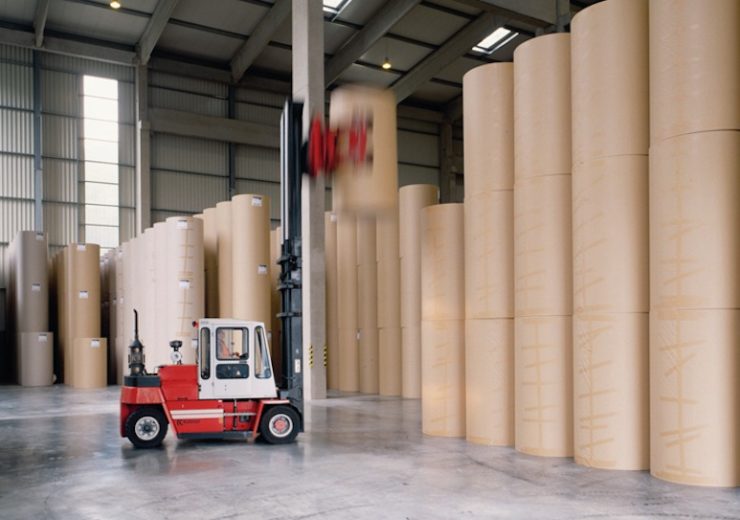
DS Smith currently owns 16 paper mills (Credit: DS Smith)
In 2017, more than 415 million metric tonnes of paper and cardboard was produced, according to market and opinion research portal Statista. More than five million tonnes was generated by one company — DS Smith.
Founded by cousins David G and David S Smith in 1940, the UK-based company has grown into one the world’s biggest cardboard packaging manufacturing firms.
Alongside its packaging operations, the business is heavily involved in the paper industry — with this area headed up by Niels Flierman.
Graduating with a masters in chemical engineering at the University of Manchester, Flierman began his career in the paper at SCA Containerboard — which was then owned by SCA Packaging.
During his time in the industry, he has been in charge of some of Europe’s largest paper mills — including the Aschaffenburg and Witzenhausen plants in Germany, and the UK’s Kemsley site.

Flierman moved to DS Smith in 2012 following its acquisition of SCA Packaging, taking on the role as head of its paper division two years later.
He currently manages the sale of more than five million tonnes of paper both internally and externally, and is responsible for the firm’s research and development functions.
NS Packaging reporter Thomas Parker speaks to Flierman about how the sector has been impacted by Covid-19, the recyclability of paper fibres, and the industry’s future.
DS Smith boss on supply chains during Covid-19
“The importance of circularity and the ongoing movement of supply chains has been heightened during the Covid-19 pandemic, with more European countries identifying the paper and board industry as critical.
“As an integrated business, from recycling and paper making through to packaging design and production, we have been able to safeguard our customers.
“We play a key role by providing products and services that allow them to continue to supply essential goods, such as food and pharmaceuticals, into shops and homes.
“Our logistics teams have taken measures to ensure the flow of vital deliveries allowing our supply chain to continue to operate efficiently.
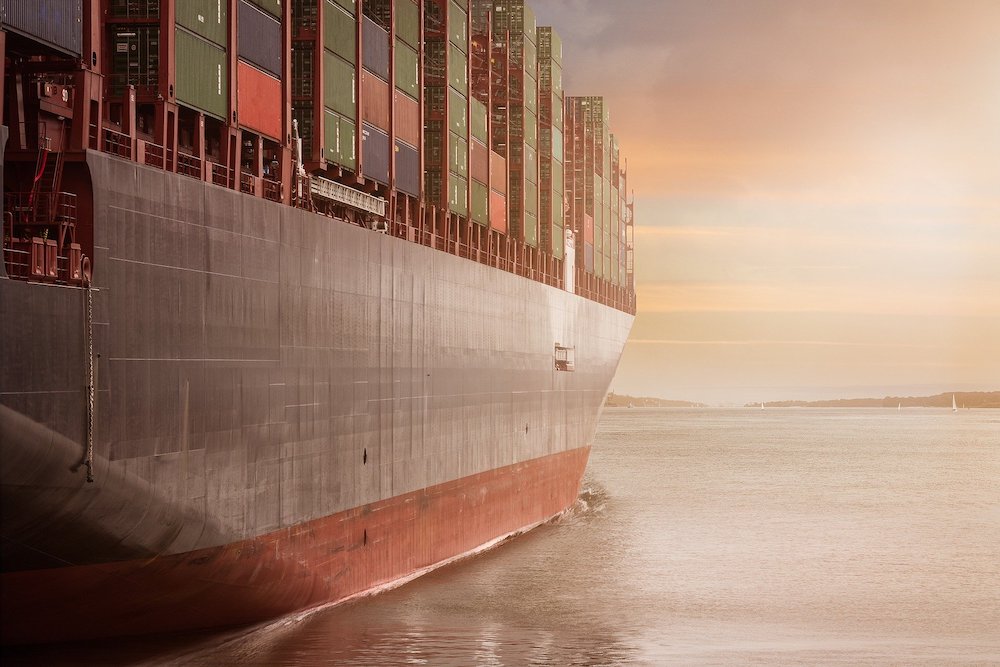
“These include providing daily updates, advise on border delays and determining where the extra lead time is built-in.
“In terms of trading, we saw a softening in demand from some sectors of business — such as automotive — but we also saw spikes in other areas like grocery or retail.
“Going forward, we expect some of the trends we are seeing in the pandemic to continue.
“For example, there has been a growing trend towards more e-commerce for some time.
“This has sharpened in the last three months and we expect that trend to continue as people adapt to new ways of living.”
How DS Smith is making paper sustainably
“Increasing awareness of the fragility of the environment coupled with huge consumer behaviour shifts are placing new demands on the packaging industry.
“Providing high quality, high performing packaging papers are key to providing the sustainable packaging solutions that both our customers and society demand.
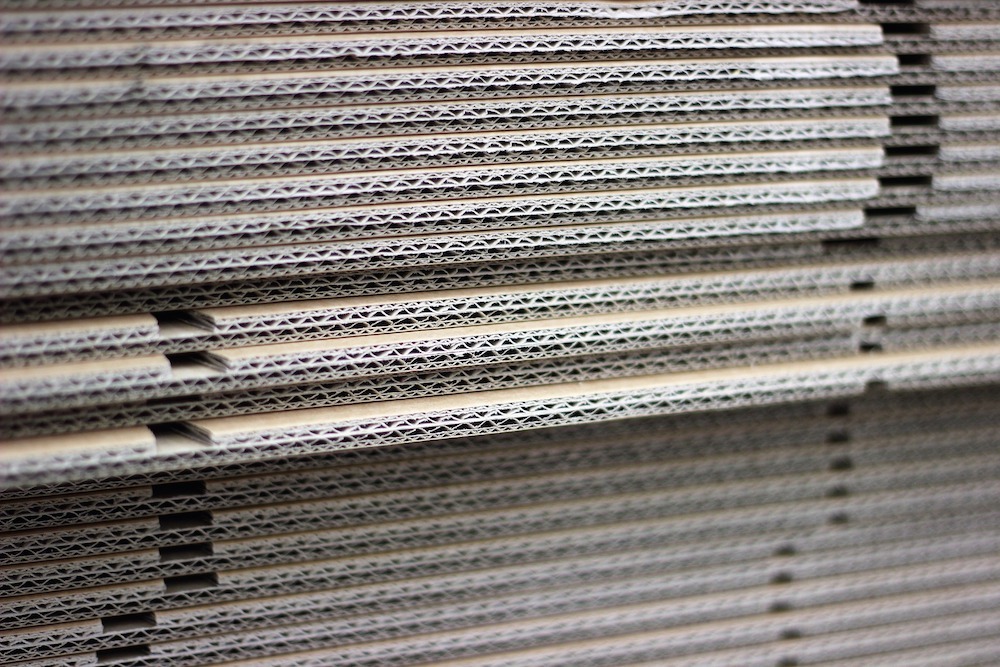
“Customers are not only demanding sustainability in products but sustainability in production.
“There is a huge focus on sustainability strategies and success in reaching those targets in the business.”
DS Smith using infrared technology to help improve its paper
“There’s currently a huge demand for high-quality paper, so we are constantly measuring and monitoring production to provide our customers with the quality assurance they need.
“We have developed considerable in-house knowledge and technical expertise on the detailed measurement and analysis of recycled fibres in real-time to better control final paper properties.
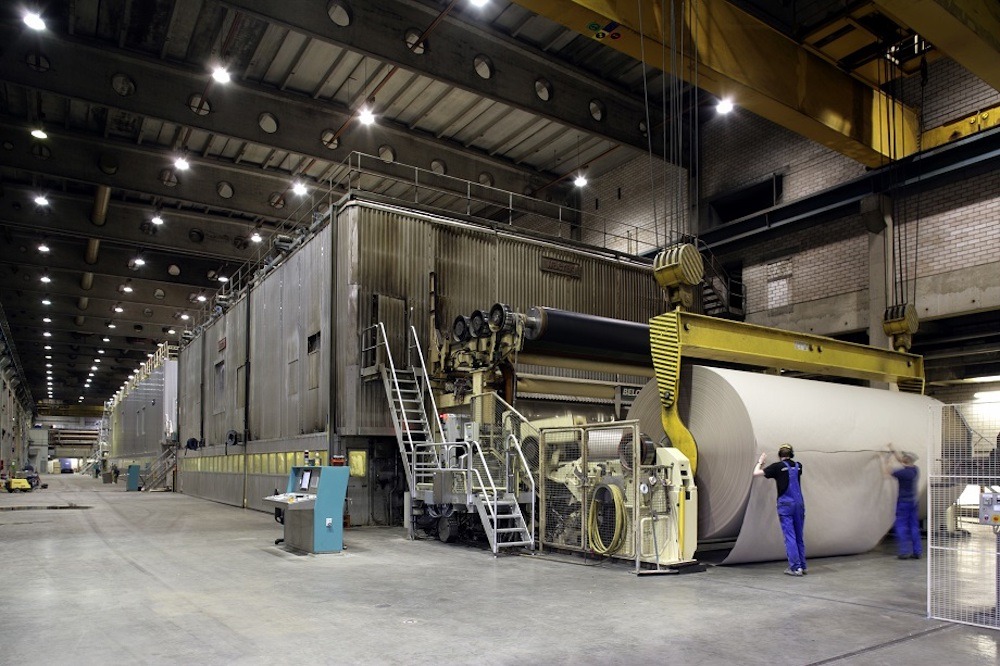
“Advanced data analytics, high-speed image analysis and machine learning are all used to better inform the papermaking process and to further optimise product consistency and performance.
“Near-infrared technology, moisture detection sensors and fibre separation innovations have also ensured the paper entering the pulping process is of the purest and highest standards.”
How collaboration works at DS Smith
“We work with our recycling and packaging divisions to provide the best possible paper products and services to satisfy our customers’ needs.
“We provide sustainable packaging solutions, all backed by a comprehensive range of technical and supply chain services to support and improve their businesses.
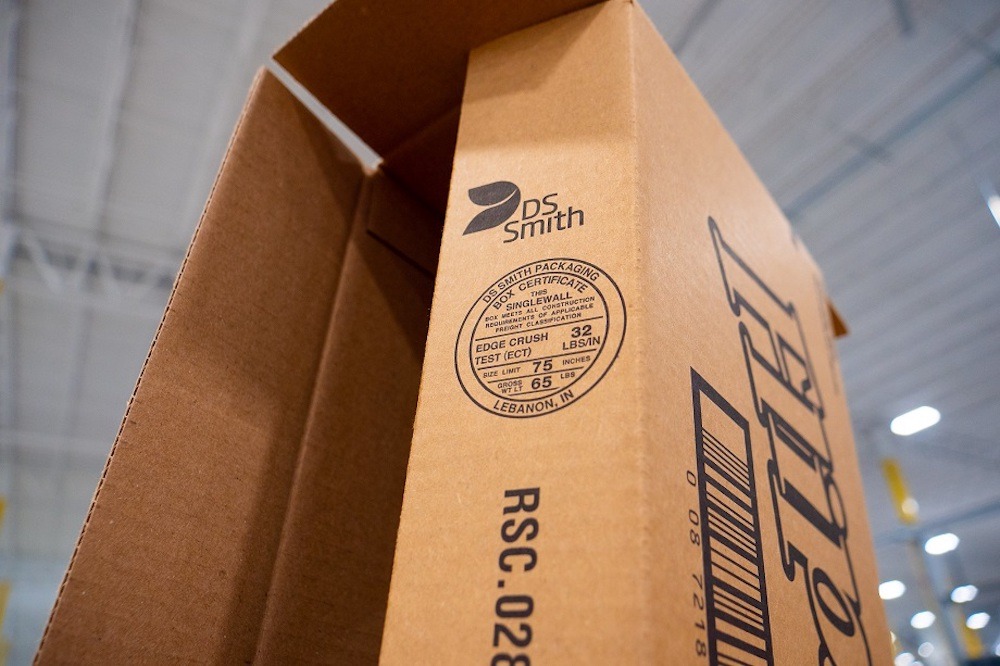
“To power this supply cycle, we rely on high-quality fibres.
“Our focus on quality runs throughout all the stages of the papermaking process, beginning with the collection of quality materials for recycling — which is best achieved through source segregated collections.”
How easy is it to reuse paper fibres?
“Experts differ in opinion on how often a fibre can be re-used before it gets too small to be retained in the paper sheet and ends up in one of the waste streams.
“But it’s not unrealistic to say that fibres can be recycled up to 25 times.
“There is however no doubt that each time a fibre is recycled, its quality deteriorates.

“In DS Smith, through our research and development work, we invest significantly in research programmes to find ways of how we can boost the potential of our fibres.
“We look, for instance, at alternative fibres or fibre material but also at different mechanical or chemical treatment techniques to get more performance out of our existing fibres.
“Some results are really positive, and we are now in the product development phase with some of these alternative techniques.”
How will the paper industry change over the next 10 years?
“One of the most important themes for the future will be sustainability, without a doubt.
Society — whether as governments, organisations, or citizens —- demand that all sectors of commerce and industry become more sustainable in the way natural resources are being used, and waste is being handled and processed.
“As DS Smith, and as a paper and board industry, we have set ourselves some very ambitious sustainability targets.
“At the company, we have built a roadmap of initiatives that bring us to these targets.

“With our closed-loop business model, sustainability is at the very heart of everything we do.
“As the pace of change in the world continues to move forward, consumers demand more products and service providers.
“Inherent in this demand is the assumption that organisations are producing and delivering in a way that is reducing their impact on the environment and creating a positive impact on people and communities.”
